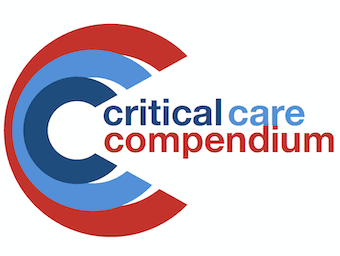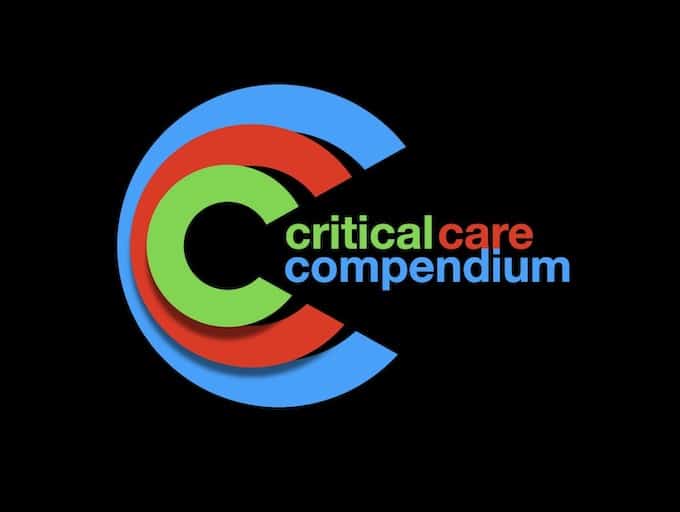
Cerebral oedema
TYPES Cytotoxic edema Vasogenic edema CT FEATURES OF RAISED ICP References and Links

TYPES Cytotoxic edema Vasogenic edema CT FEATURES OF RAISED ICP References and Links

Delayed Awakening in ICU

Coma is a state of unconsciousness caused by temporary or permanent impairment of the ascending reticular system in the brainstem, or both cerebral hemispheres.

A simplified approach to spontaneous eye movements in coma

OVERVIEW References and Links

Ranitidine: H2 receptor antagonist; competitive blockade of H2 receptors -> decrease in secretion; also decreases action of gastrin and acetylcholine

Magnesium: electrolyte (second most abundant cation in intracellular fluid, after potassium); depresses neuronal activation; essential cofactor in >300 enzyme systems

Alfentanil: synthetic mu-opioid receptor agonist analgesic drug. Analogue of the synthetic opioid fentanyl that is only 10% as potent (on a weight-to-weight basis), but has quicker onset, quicker time to maximal effect, shorter duration of action (10 minutes), is more cardiovascularly stable and has more respiratory depression

Alkali Therapies: sodium bicarbonate; THAM; Carbicarb; Dichloroacetate; Dialysis / hemofiltration

Alteplase is a tissue plasminogen activator used as a thrombolytic medication in: Acute Ischaemic Strokes, Acute Myocardial Infarction and PE

Amiodarone: class III anti-arrhythmic; prolongs cardiac action potential & delaying refractory period

Aprotinin: antifibrinolytic; single chain polypeptide which occurs naturally in bovine lung and other tissues; inhibits fibrionlysis via inactivation of free plasmin